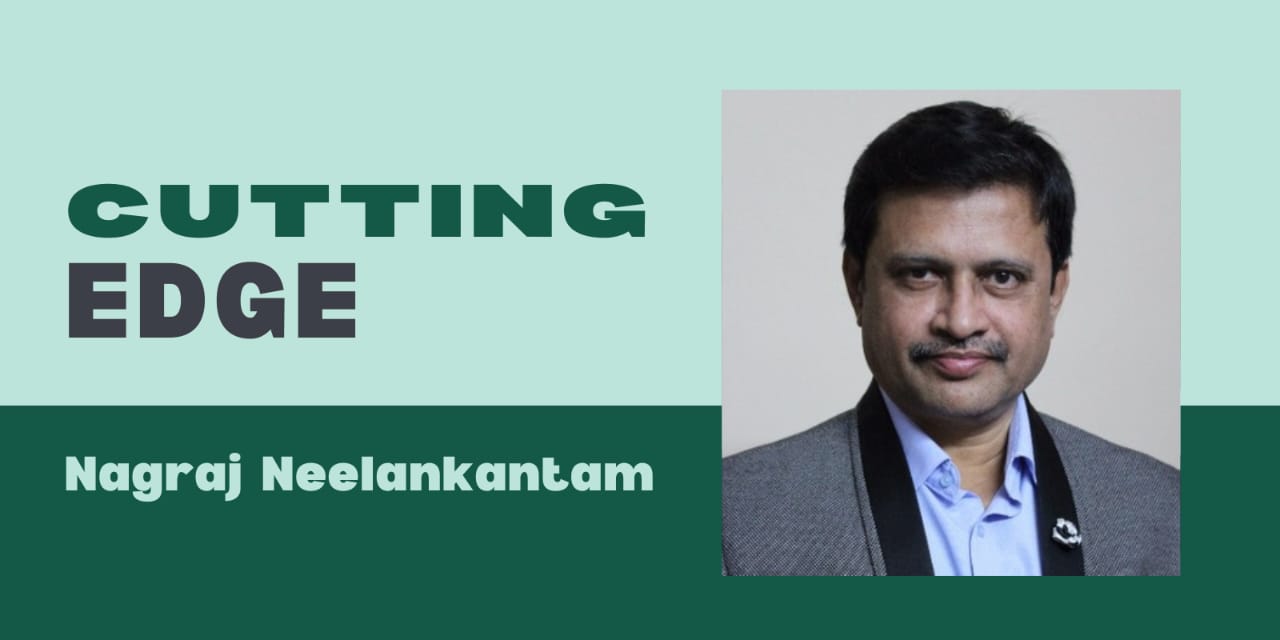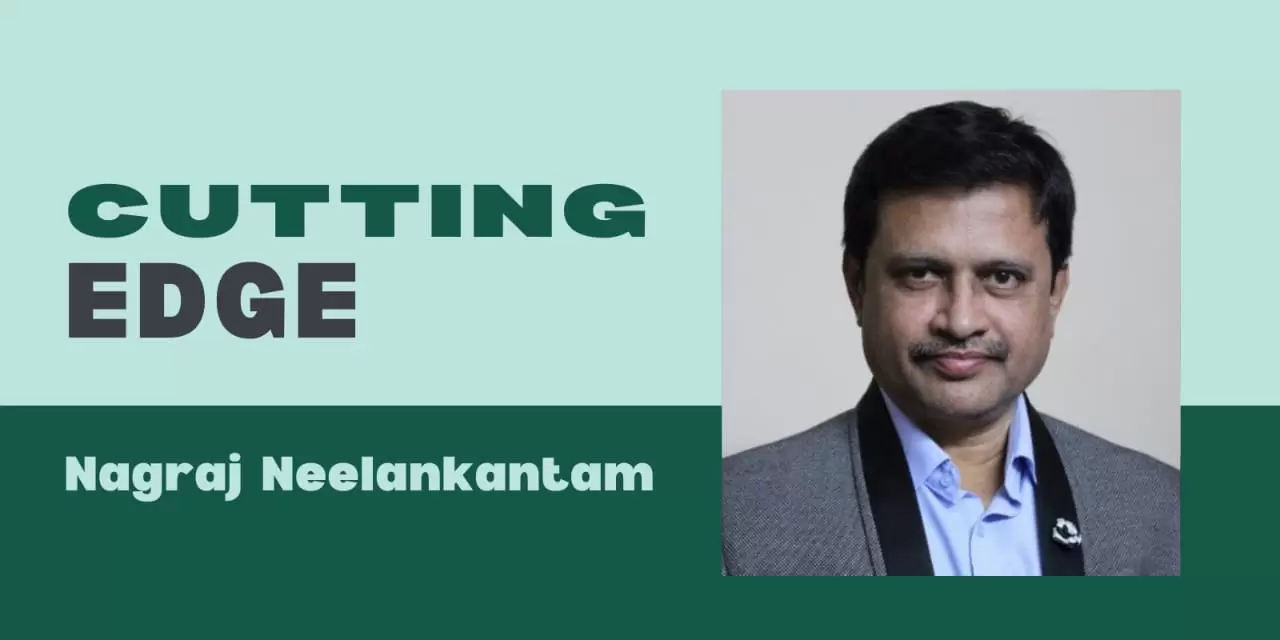Forty years ago, a visit to any hospital began with a thoughtful, holistic clinical examination. Doctors inspected the tongue, eyes, and ears; listened to the heart—often from the back—and palpated the abdomen. Patients may not have understood the science behind each step, but they trusted the process because it was thorough and human. Physicians checked the pulse, enquired about diet, bowel habits, sleep cycles, and overall well-being—spending a solid ten minutes, if not more, in direct conversation and physical evaluation. Healing was rooted in observation, touch, and attentive questioning. Today, that clinical culture risks being overshadowed by the glare of machines.
In many corporate hospitals now, a patient barely finishes describing a symptom before being routed to an endoscopy, ultrasound, X-ray, MRI, or CT scan. The race toward technology—without adequate clinical interaction—can erode the emotional foundation of care. Countless patients feel that when a doctor really listens and examines them, 90% of their anxiety and discomfort already disappears. Trust and personal connection are powerful medicines. When the basics—pulse, tongue, touch, and meaningful questions—are neglected, healthcare becomes transactional rather than therapeutic.
India stands at an important juncture. Technology must strengthen, not replace, humane doctor–patient engagement.
Looking back, India has achieved remarkable progress in healthcare infrastructure. Former Andhra Pradesh Chief Minister N. Chandrababu Naidu, supported by Ramalinga Raju and later Y.S. Rajasekhar Reddy, revolutionized emergency response through 108 and 104 services—models that other states, including Gujarat under then-CM Narendra Modi, adopted and enhanced.
Since taking national office, Prime Minister Narendra Modi has pushed for a people-first healthcare ecosystem—prioritizing sanitation (“Shauchalaya before Devalaya”), financial inclusion, and direct benefit delivery. His working style is strategic and discreet—rarely revealing intent until execution. His philosophy is simple: empower thousands of small dreamers rather than a handful of large empires. “Fund 1,000 entrepreneurs with ₹1 crore each—not one with ₹1,000 crore.”

Key Modi-era healthcare reforms transforming lives:
- Ayushman Bharat (PMJAY): World’s largest health assurance program—₹5 lakh coverage for 50 crore citizens.
• PM National Dialysis Program: Free dialysis for the poor.
• Pradhan Mantri Surakshit Matritva Abhiyan: Assured antenatal care for pregnant women.
• Jan Aushadhi Yojana / PMBJP: Affordable, quality generic medicines through government pharmacies.
• Mission Indradhanush: Universal immunization for children.
• National Digital Health Mission: Universal health IDs, integrated medical records.
• Swachh Bharat Abhiyan: Mass sanitation, sharply reducing diseases linked to open defecation.
• Jan Dhan + DBT: Banking and direct transfers ensuring benefits reach the deserving.
• Startup/Stand-Up India: Supporting grassroots entrepreneurs and local innovation.
India is now a global hub for medical tourism, offering world-class care at competitive cost. “Buy Local, Heal Local” has strengthened confidence in Indian hospitals and doctors.
The government has also mainstreamed AYUSH—Ayurveda, Yoga & Naturopathy, Unani, Siddha, and Homeopathy—through a dedicated ministry, positioning India as a global leader in holistic health. Challenges and controversies within the sector require prudent oversight, and there is broad expectation that the Prime Minister will balance innovation with strict accountability.
To build a sustainable and equitable healthcare ecosystem, India must focus on:
- Equity: Serve both the poorest citizens and the hardworking taxpayer.
• Reinvigorated Clinical Basics: Mandate thorough physical-examination culture in all hospitals.
• Doorstep Care: Expand ambulatory services like 108/104 nationwide.
• Stronger PHCs & CHCs: Upgrade infrastructure and staffing in rural India.
• Empowered Health Workforce: Train and incentivize ASHA workers, nurses, and paramedics.
• AYUSH Integration: Safe, evidence-based adoption in rural and urban care settings.
• Digital Health: Nationwide rollout of NDHM for continuity of care.
• Health Literacy: Promote preventive health, nutrition, maternal-child health, and geriatric wellness.
• Ethical Oversight: Transparent standards for private hospitals, minimizing unnecessary interventions.
India’s healthcare transformation must keep human touch at the center—honouring traditional clinical wisdom while embracing modern medical mastery. With strong governance, public participation, and vigilant implementation, the vision of “Health for All” can become a lived reality—from the most marginalized villager to the middle-class taxpayers who drive national progress.
Let us continue to encourage reforms, demand accountability, and celebrate achievements—ensuring that compassionate caregiving and scientific excellence walk hand in hand in the march toward a healthier, more confident New India.





